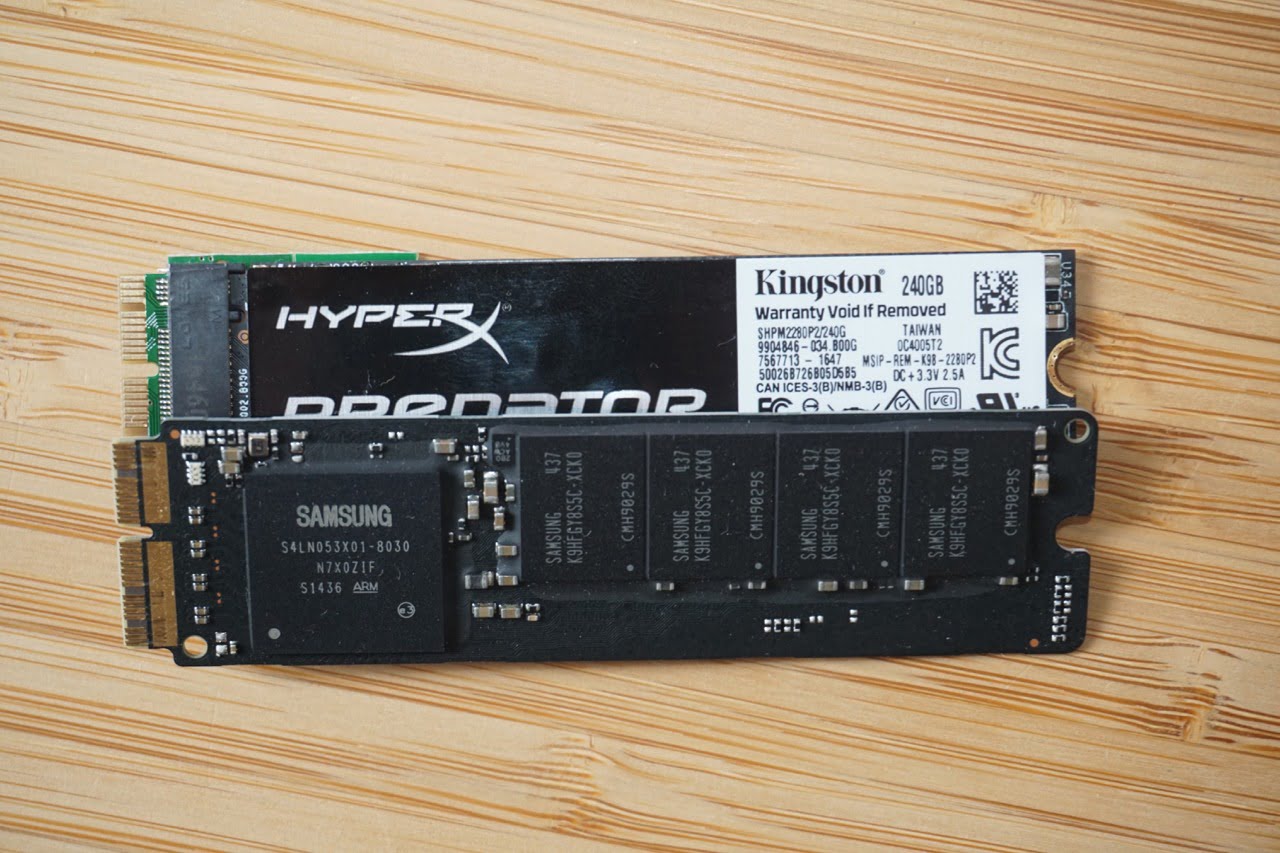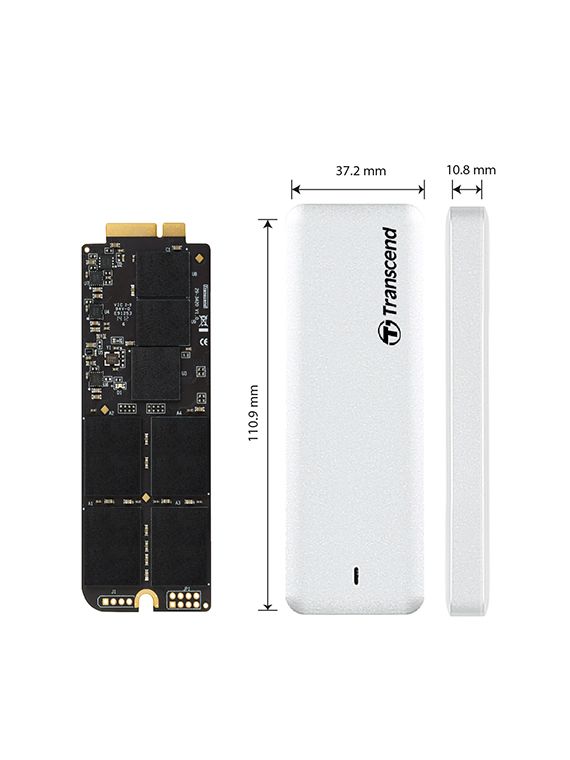

I'm still traveling until Thursday but I'll do my best to run battery life tests while I'm on the road as well.

I just got my hands on a 13-inch 2013 MBA and I'll be running performance tests (including the first look at Intel's HD 5000 graphics) over the coming days. Given the improvements I saw in our Haswell ULT review, I don't doubt that we could see some very good numbers out of these notebooks. Thanks to Haswell's platform power optimizations, Apple claims up to 12 hours on a single charge for the 2013 13-inch MacBook Air. Obviously battery life is the biggest improvement here with the new MacBook Air. I need to go back and dig through the Haswell ULT datasheets again, but I believe the total memory interface width remains at 128-bits wide even if you use LPDDR3 - you just get lower power consumption. The other big change is the move from DDR3L to LPDDR3, a new feature supported by Haswell ULT. Since there's no PCIe routed off of the CPU in Haswell ULT, these 2 lanes come from the on-package PCH. Update: It's a custom Apple design, not M.2. I'm still awaiting official confirmation as to whether or not this is an M.2 based solution or a proprietary connector. This is a pretty big deal, as it is probably the first step towards PCIe storage in a mainstream consumer device that we've seen. A quick run through Quick Bench reveals peak sequential read/write performance of nearly 800MB/s: The drive in my system uses a Samsung controller, although I've heard that SanDisk will have a PCIe solution for Apple as well. A quick look at OS X's system profiler reveals a PCIe 2.0 x2 interface, capable of 1GB/s in each direction.
#MACBOOK AIR MID 2013 SSD TRANSCEND MAC#
The upcoming Mac Pro, as well as the new MacBook Airs both use PCIe based SSDs instead of SATA drives.

On the storage front, Apple officially leads the charge with the move to PCIe based SSDs. Thunderbolt, 2x USB 3.0, SD card slot, headphone jack The GPU base clock drops from 350MHz down to 200MHz, which should help reduce idle power consumption. Since the max GPU clocks are south of 1.2GHz, this is officially Intel's HD 5000 graphics and not Iris despite using the same silicon. Both parts have Intel GT3 graphics clocked at a max of 1GHz on the i5 and 1.1GHz on the i7.
#MACBOOK AIR MID 2013 SSD TRANSCEND UPGRADE#
You can get a 1.7GHz Core i7 upgrade with a 3.3GHz max turbo (i7-4650U). Ivy Bridge in these low wattage platforms. As we found in our Haswell ULT review, CPU performance isn't something you can expect to see more of with Haswell vs. Don't be fooled by base clock, it's the combination of base clock, max turbo and cooling solution that'll determine performance here. The impact on the MT test is about 5%, it's there but not substantial. The 1.8GHz i5 in the 13-inch ended up being a bit quicker than the 1.3GHz 4250U this generation in the multithreaded test, but in single threaded performance the two are equal. To confirm, I ran a couple of Cinebench tests and generally found performance similar to that of last year's models: Although the base clock is lower, I wouldn't expect substantially lower performance since the max turbo is unchanged as is the chassis that has to dissipate the thermals. The base clock drops to 1.3GHz across all of the models, but max turbo remains at 2.6GHz. With the new MacBook Air, Apple moves to a Core i5-4250U. The big changes however are on the CPU, NAND and DRAM fronts. The 11-inch model moves to 38Wh (8.6%) while the 13-inch model goes to 54.4Wh (8.8%). There's a slight increase in battery capacity.

Both the 11 and 13 inch models retain their non-Retina 1366 x 7 x 900 displays. The chassis itself didn't get any updates, nor did the displays. This morning Apple updated its MacBook Air to Intel's Haswell ULT silicon.


 0 kommentar(er)
0 kommentar(er)
